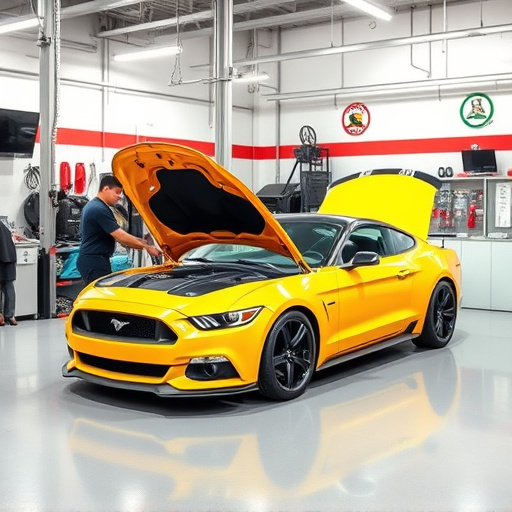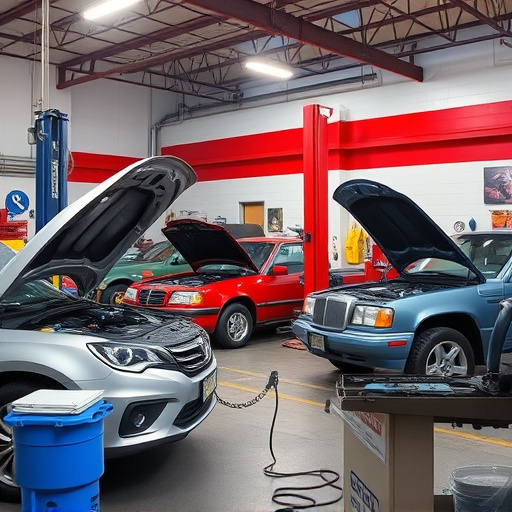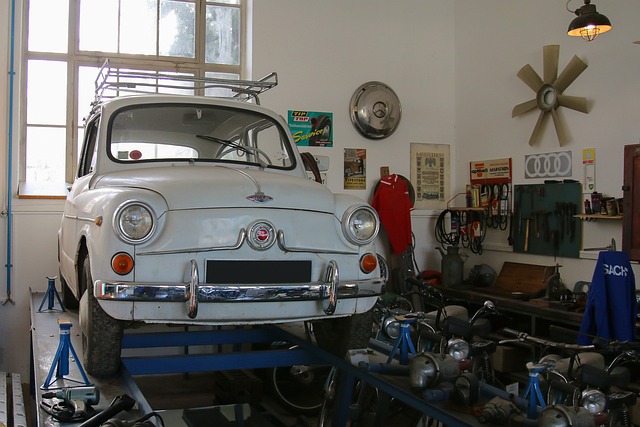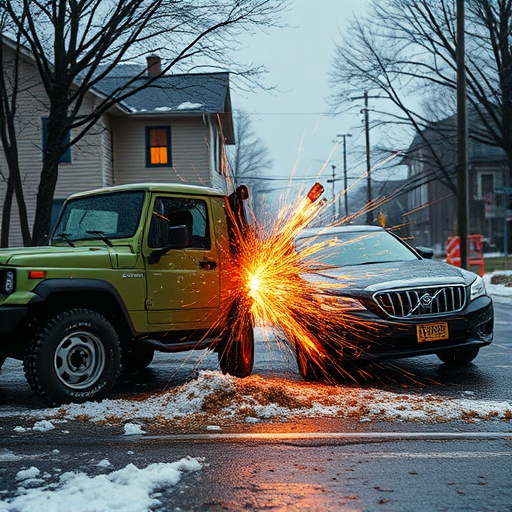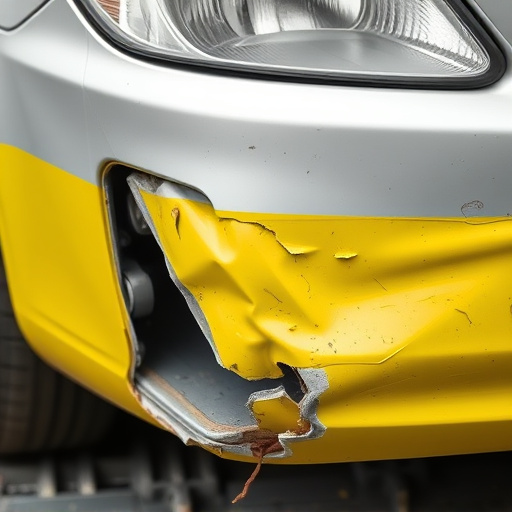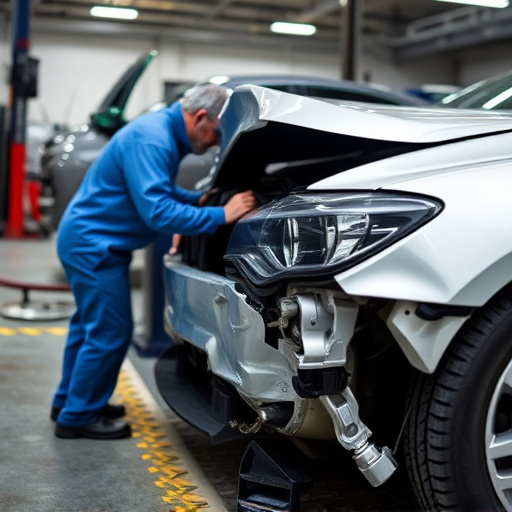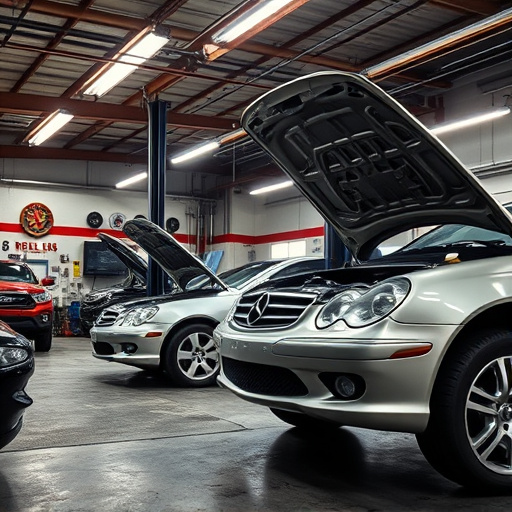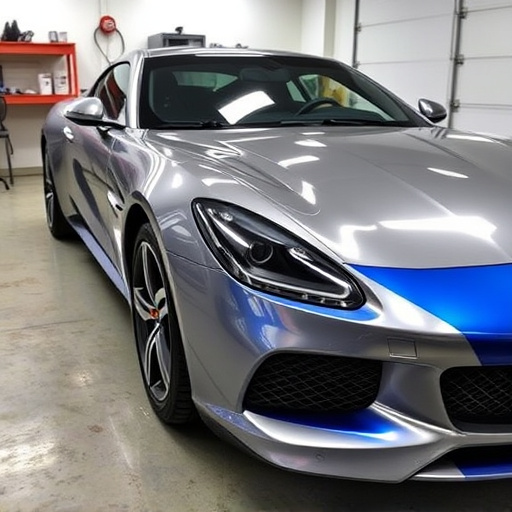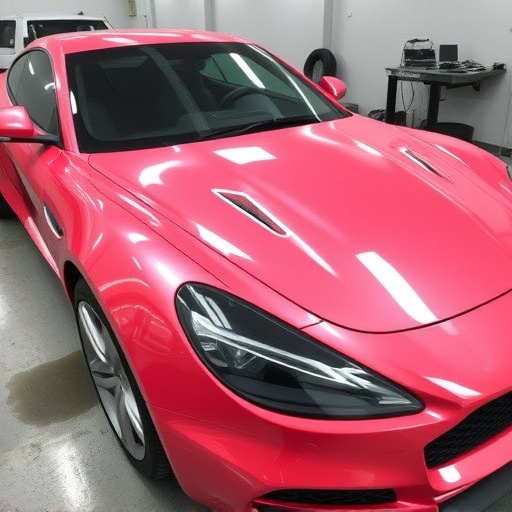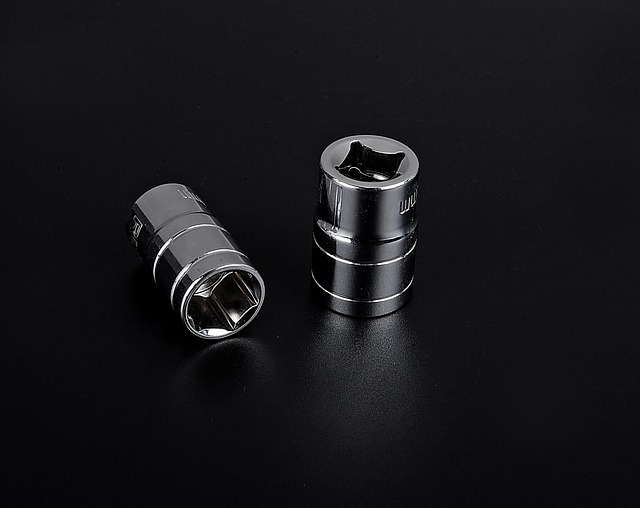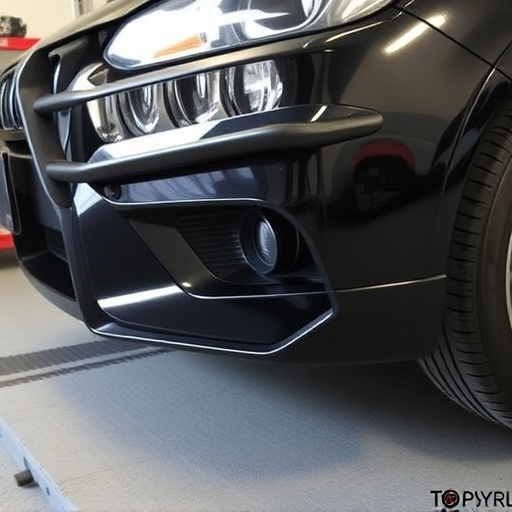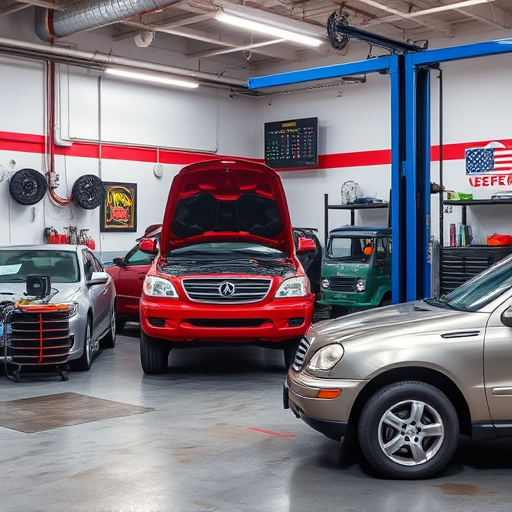After a collision, while visible repairs are addressed, hidden threats like corrosion require specialized attention. Harsh climates and moisture exposure can leave vulnerable areas prone to oxidation. Effective corrosion protection procedures are vital for maintaining vehicle value and structural integrity, preventing metal deterioration, and reducing future repair costs. These measures include meticulous maintenance, protective coatings, and special attention to auto glass and metalwork repairs. Comprehensive corrosion protection ensures vehicles remain reliable and valuable assets long-term.
After a collision, proper corrosion protection becomes an essential step in the repair process. While repairing the visible damage is crucial, unseen consequences lurk beneath the surface. Corrosion can quietly erode structural integrity, leading to future safety hazards and costly repairs. This article explores why effective corrosion protection procedures are vital after collision repairs, delving into the mechanisms of post-collision corrosion and highlighting strategies to ensure longevity for vehicles, safeguarding both drivers and roads.
- Understanding Corrosion After Collision Damage
- The Role of Effective Protection Procedures
- Ensuring Longevity: Post-Repair Preservation Strategies
Understanding Corrosion After Collision Damage
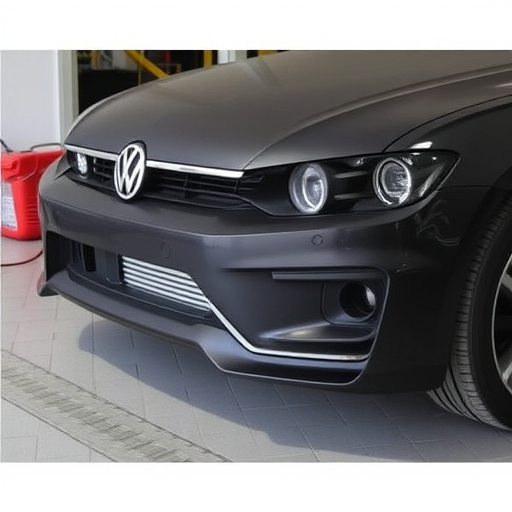
After a collision, it’s not just the visible dents and scratches that need attention; hidden beneath the surface lies a potential enemy—corrosion. Collision repairs often leave areas vulnerable to oxidation, especially in regions with harsh climates or frequent exposure to moisture. This is where corrosion protection procedures step in as vital saviors for your vehicle.
In a vehicle body shop, whether it’s a paintless dent repair or a more extensive hail damage repair, ensuring proper corrosion protection is crucial. The initial steps involve thorough cleaning and inspection to identify potential problem areas. By implementing these corrosion protection procedures, technicians can extend the lifespan of the vehicle’s exterior, preserving its value and aesthetics long after the repairs are complete.
The Role of Effective Protection Procedures
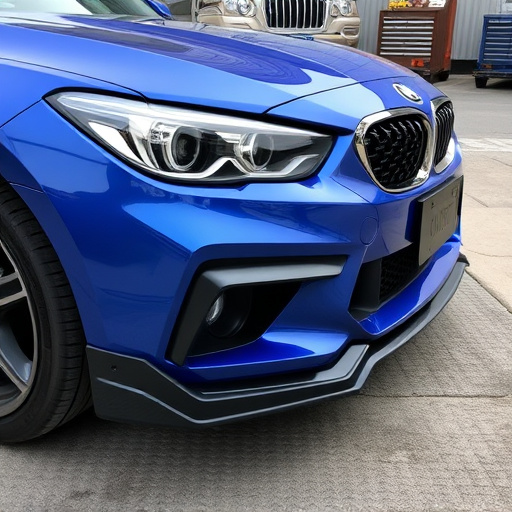
After a collision, whether it’s a minor fender bender or a more severe crash, proper corrosion protection procedures become paramount in ensuring long-term vehicle longevity and value. These procedures play a crucial role in safeguarding against metal deterioration caused by exposure to elements like moisture, salt, and harsh weather conditions. Effective corrosion protection isn’t just about aesthetics; it’s a fundamental step in preventing further damage, maintaining structural integrity, and preserving the overall condition of the vehicle.
Implementing robust corrosion protection measures starts with meticulous auto maintenance following bumper repair or any other collision-related work. This includes thorough cleaning to eliminate debris and contaminants, followed by the application of protective coatings designed to create a barrier between the metal surface and potential corrosive agents. By investing in these procedures, car owners can expect enhanced durability, reduced risk of costly repairs down the line, and ultimately, a more reliable vehicle performance.
Ensuring Longevity: Post-Repair Preservation Strategies
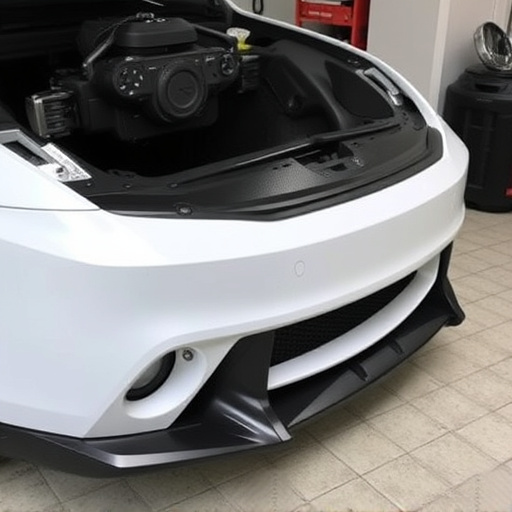
After collision repairs, preserving the vehicle’s longevity requires a multifaceted approach, with corrosion protection procedures at its core. These measures are vital to ensure that the repaired areas remain undamaged and free from rust or decay over time. Auto glass repair, for instance, demands special attention due to its exposure to elements like wind, sun, and varying temperatures. Applying protective coatings can significantly enhance the durability of newly replaced windows, ensuring they withstand these challenges as if they were new.
Similarly, fender repair or replacement involves intricate metalwork that needs protection against corrosion. Coating and sealing these areas with high-quality products creates a barrier, shielding them from moisture and chemicals that could initiate rust formation. Vehicle restoration, in general, benefits from implementing comprehensive corrosion protection procedures, which not only safeguard the structural integrity of the vehicle but also maintain its aesthetic appeal, ensuring it remains a reliable and valuable asset for years to come.
After collision repairs, implementing robust corrosion protection procedures is paramount. By understanding the potential for corrosion after damage and employing effective strategies, vehicle owners can ensure longevity and preserve their investment’s aesthetic and structural integrity. These post-repair preservation strategies are essential game changers in the world of automotive maintenance, safeguarding against the silent menace of rust and ensuring a lasting, high-quality finish.
